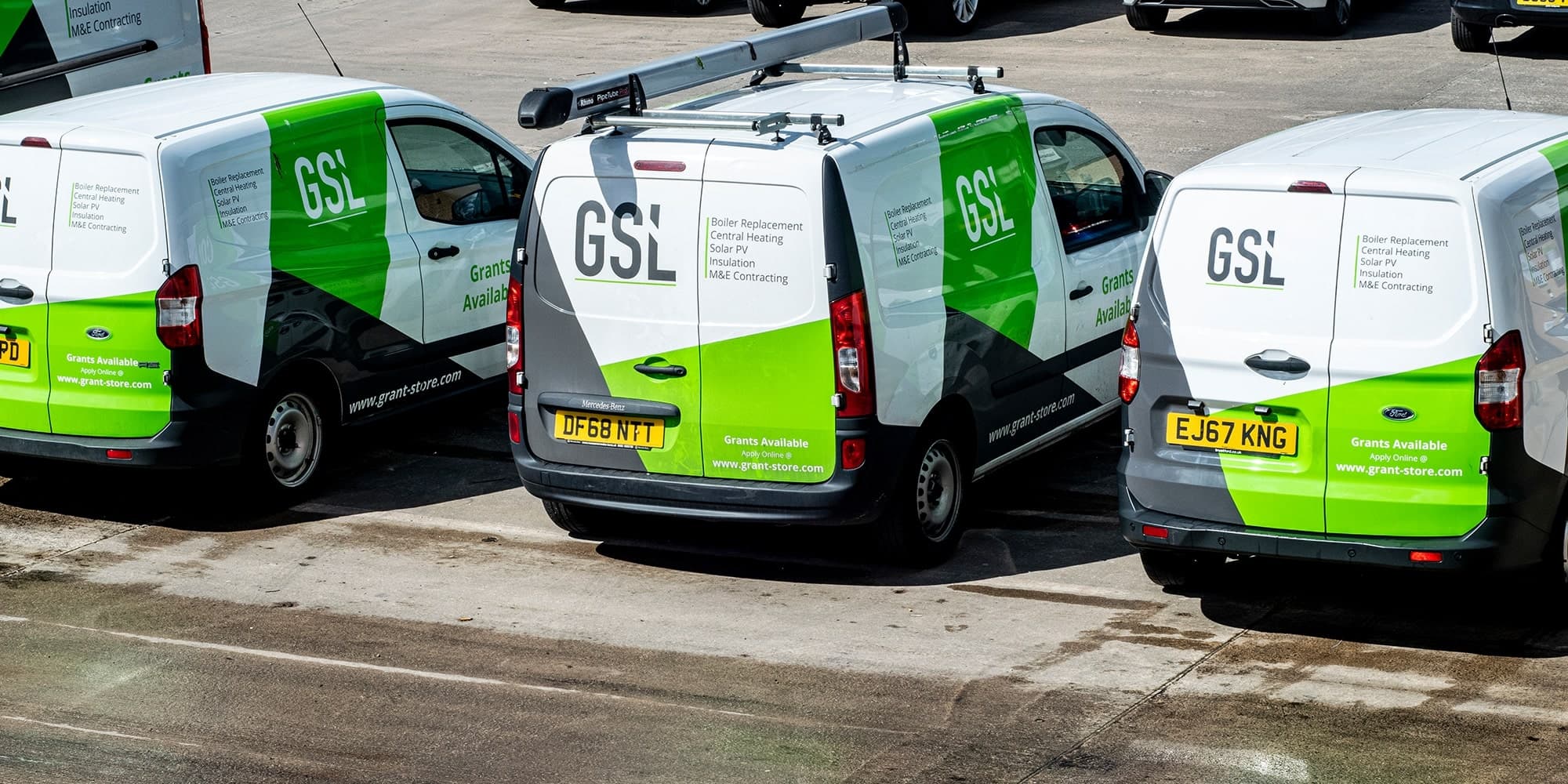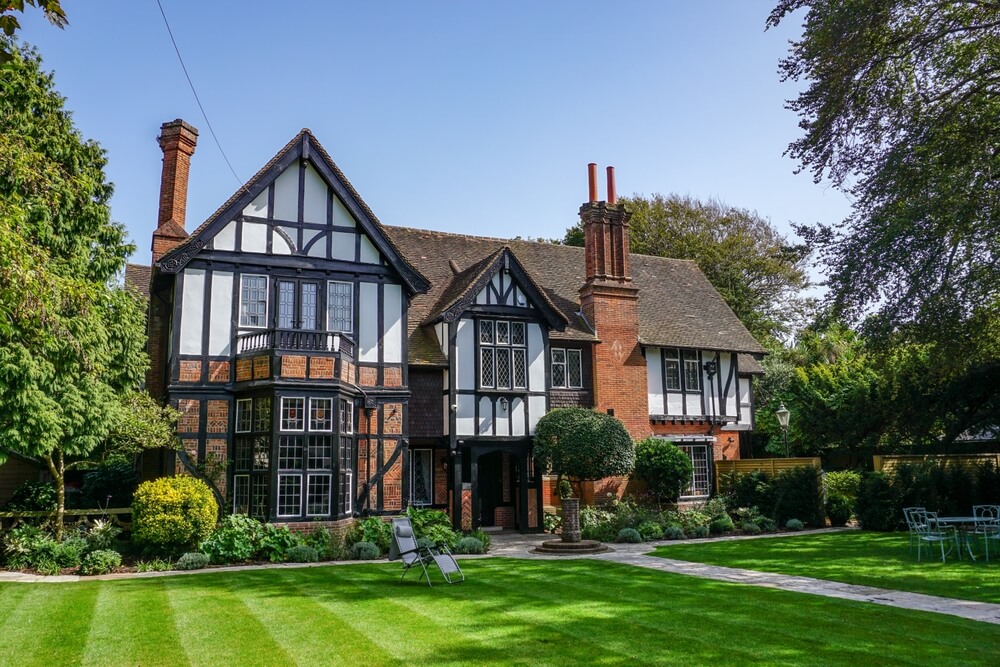August 6th, 2025
How 900m2 of solar panels are helping this NHS hospital go carbon neutral
Written by: Puneet Verma
News
"*" indicates required fields
Have you ever snuggled up under a pile of blankets on a chilly evening just to feel a draught whistle through the walls? Draughty homes are a common struggle, especially in older houses.
But what if there was a way to keep your home warm and cosy without breaking the bank or harming the character of your older property? Insulation might be the answer you’ve been looking for!
This guide will walk you through everything you need to know about insulating your older house, so you’ll feel confident about taking the next best step for your property. Let’s take a look.
Key Takeaways
Let’s face it: nobody enjoys shivering in their own home! Draughty older houses can be a real challenge, especially when winter rolls around. But the good news is insulation can be a simple and effective fix. Here’s why it is worth insulating your older house:
Insulation traps precious heat inside and keeps cold air out. This reduces the work your heating system does, which can save you money on heating costs.
No more battling draughts and feeling chilly even when the heating is cranked up. Proper insulation helps maintain a consistent and comfortable temperature throughout your home, making it easy to relax and unwind after a long day.
By using less energy to heat your home, you’ll be doing your part for the environment. Lower heating demands mean less reliance on fossil fuels, which contributes to a smaller carbon footprint.
Knowing the ins and outs of your home means you can be sure you’re making the right insulation choice. There’s no one-size-fits-all solution, so a little investigation can make a big difference in creating a warm, comfortable, and energy-efficient home.
Most houses built before the 1920s are likely to have solid walls, which means there is no air gap in the middle. These walls benefit from internal wall insulation installed on the inside of the exterior walls. On the other hand, houses built after the 1920s typically have cavity walls with a space between the inner and outer walls. These walls can often be insulated using cavity wall insulation, a material injected into the space.
The materials your house is built with can also influence your insulation choices. Brick and stone are common for external walls, and they can be insulated effectively using either internal or external wall insulation (depending on your wall type).
Timber frame construction is another possibility, and these walls often benefit from cavity wall insulation if they have one or internal insulation for solid timber walls. Timber floors are another area that can be addressed with specific insulation solutions.
Breathability is an important factor when choosing insulation for your older house, as you’ll need the right amount of ventilation to let condensation escape. Choosing insulation materials that allow for continued breathability is really important, preventing moisture buildup and potential damp problems or health risks.
Alongside cavity and solid wall insulation, there are different types of insulation suited for specific areas of your home:
Upgrading your older house with insulation can be a fantastic investment, but the initial cost might seem unachievable. The good news is that financial help might be available to make your project more affordable!
Here are two government schemes in the UK that you could be eligible for:
The ECO4 scheme can provide financial support for a variety of energy-saving measures, including various types of insulation. Not sure if you qualify? Give us a call, and we’ll find out if you can claim an ECO4 insulation grant, help you apply, and manage the full installation.
This scheme specifically targets the least energy-efficient homes in the country. If your house has an Energy Performance Certificate (EPC) rating of D-G and falls within specific council tax bands, you might be eligible for support to install insulation, even if you don’t qualify for benefits. We’ll help you figure out if you’re eligible; just give us a call.
Not sure what type of insulation you need or which type of walls your home has?
With years of hands-on experience, no-nonsense communication and fully qualified installers, we’ll make sure your property gets exactly what it needs.
So whether you’re ready to book your home’s insulation installation, have some questions about insulation types or need help applying for an insulation grant, we’re the experts you can trust. Just give us a call to get started.
August 6th, 2025
How 900m2 of solar panels are helping this NHS hospital go carbon neutral
Written by: Puneet Verma
News
August 6th, 2025
What is a solar panel inverter?
Written by: Puneet Verma
News
June 9th, 2025
Solar water heating vs solar PV: What’s right for you?
Written by: Gareth Whitehill
News
May 9th, 2025
Solar panel installation: Step-by-step guide for UK homes & businesses
Written by: Gareth Whitehill
News
April 9th, 2025
Are solar batteries worth it in the UK?
Written by: Gareth Whitehill
News
April 9th, 2025
What size solar battery do I need?
Written by: Gareth Whitehill
News
January 20th, 2025
Heat pumps vs. traditional heating: Which is right for your home?
Written by: Gareth Whitehill
Heat Pumps
January 13th, 2025
Do heat pumps work well in older homes?
Written by: Gareth Whitehill
Heat Pumps
January 6th, 2025
How do air source heat pumps work?
Written by: Gareth Whitehill
Heat Pumps
December 30th, 2024
Are air source heat pumps worth it in the UK climate?
Written by: Gareth Whitehill
News
December 23rd, 2024
Why are heat pumps taking over UK homes?
Written by: Gareth Whitehill
Heat Pumps
December 16th, 2024
Are heat pumps suitable for smaller homes?
Written by: Gareth Whitehill
Heat Pumps
September 25th, 2024
Grant Store are official sponsors of Chorley FC!
Written by: Gareth Whitehill
News
August 30th, 2024
Grant Store is an official Octopus Trusted Partner!
Written by: Gareth Whitehill
News
August 1st, 2024
How green is solar energy?
Written by: Gareth Whitehill
Solar
July 30th, 2024
How to insulate an old house
Written by: Gareth Whitehill
News
July 29th, 2024
What’s Involved in an Air Source Heat Pump Installation?
Written by: Gareth Whitehill
Heat Pumps
July 28th, 2024
A complete guide to heating water with solar power
Written by: Gareth Whitehill
Solar
July 25th, 2024
How To Make the Most Out of ECO4 Funding
Written by: Gareth Whitehill
News
July 23rd, 2024
Are UK homes getting any greener?
Written by: Gareth Whitehill
News
June 27th, 2024
Why should you choose an MCS installer for your heat pump project?
Written by: Gareth Whitehill
Heat Pumps
June 27th, 2024
When does ECO4 end, and what happens next?
Written by: Gareth Whitehill
News
June 11th, 2024
Exploring Energy Grants for Pensioners: A Guide to Lowering Your Energy Costs
Written by: Gareth Whitehill
News
June 11th, 2024
Do air source heat pumps work well with solar panels?
Written by: Gareth Whitehill
Heat Pumps
June 11th, 2024
Your Guide to Understanding Energy Performance Certificates (EPCs)
Written by: Gareth Whitehill
News
June 11th, 2024
What energy grants can I get on Universal Credit?
Written by: Gareth Whitehill
News
June 1st, 2024
Who qualifies for a boiler grant in the UK?
Written by: Gareth Whitehill
News
May 22nd, 2024
Is the UK Government Planning to Ban Gas Energy?
Written by: Gareth Whitehill
News
April 25th, 2024
Your Complete Guide To Off-Gas Property Grants in the UK
Written by: Gareth Whitehill
News
April 24th, 2024
What are electric storage heaters?
Written by: Gareth Whitehill
News
April 23rd, 2024
How To Improve Your Home’s EPC Rating: A Guide to Boosting Efficiency and Reducing Costs
Written by: Gareth Whitehill
News
April 23rd, 2024
What is the ECO Scheme, and how can it help me?
Written by: Gareth Whitehill
News
April 23rd, 2024
How to apply for the ECO4 Grant: Everything you need to know
Written by: Gareth Whitehill
News
April 18th, 2024
The Complete Guide to Heat Pumps: Benefits, Costs, Savings, and Efficiency
Written by: Gareth Whitehill
Heat Pumps
March 13th, 2024
What size solar PV system do I need?
Written by: Gareth Whitehill
Solar
February 27th, 2024
What grants are available for energy-saving?
Written by: Gareth Whitehill
News
November 24th, 2023
How Many Solar Panels Do I Need?
Written by: Gareth Whitehill
Solar
November 23rd, 2023
How Much Money Do Solar Panels Save?
Written by: Gareth Whitehill
Solar
November 22nd, 2023
How Are Solar Panels Made?
Written by: Gareth Whitehill
News
November 22nd, 2023
Do you need planning permission for solar panels?
Written by: Gareth Whitehill
News
November 22nd, 2023
How Much Do Solar Panels Cost?
Written by: Gareth Whitehill
News
November 22nd, 2023
How Do Solar Panels Work?
Written by: Gareth Whitehill
News
November 20th, 2023
Smart Export Guarantee Rates 2024
Written by: Gareth Whitehill
News
November 20th, 2023
Can I Add a Battery to my Solar System?
Written by: Gareth Whitehill
News
November 20th, 2023
How Do You Store Solar Energy?
Written by: Gareth Whitehill
News
October 3rd, 2023
Solar panels: are they worth the cost?
Written by: Gareth Whitehill
News
September 19th, 2023
How efficient are solar panels?
Written by: Gareth Whitehill
News
September 19th, 2023
Do solar panels boost home value?
Written by: Gareth Whitehill
News
September 19th, 2023
What are the pros and cons of solar panels?
Written by: Gareth Whitehill
News
Not sure which energy-saving solution is right for your home? Or do you have questions about grant eligibility? Our team has the answers. Give us a call and we'll help you figure everything out.
Call us now on:
01942 918 844
"*" indicates required fields
